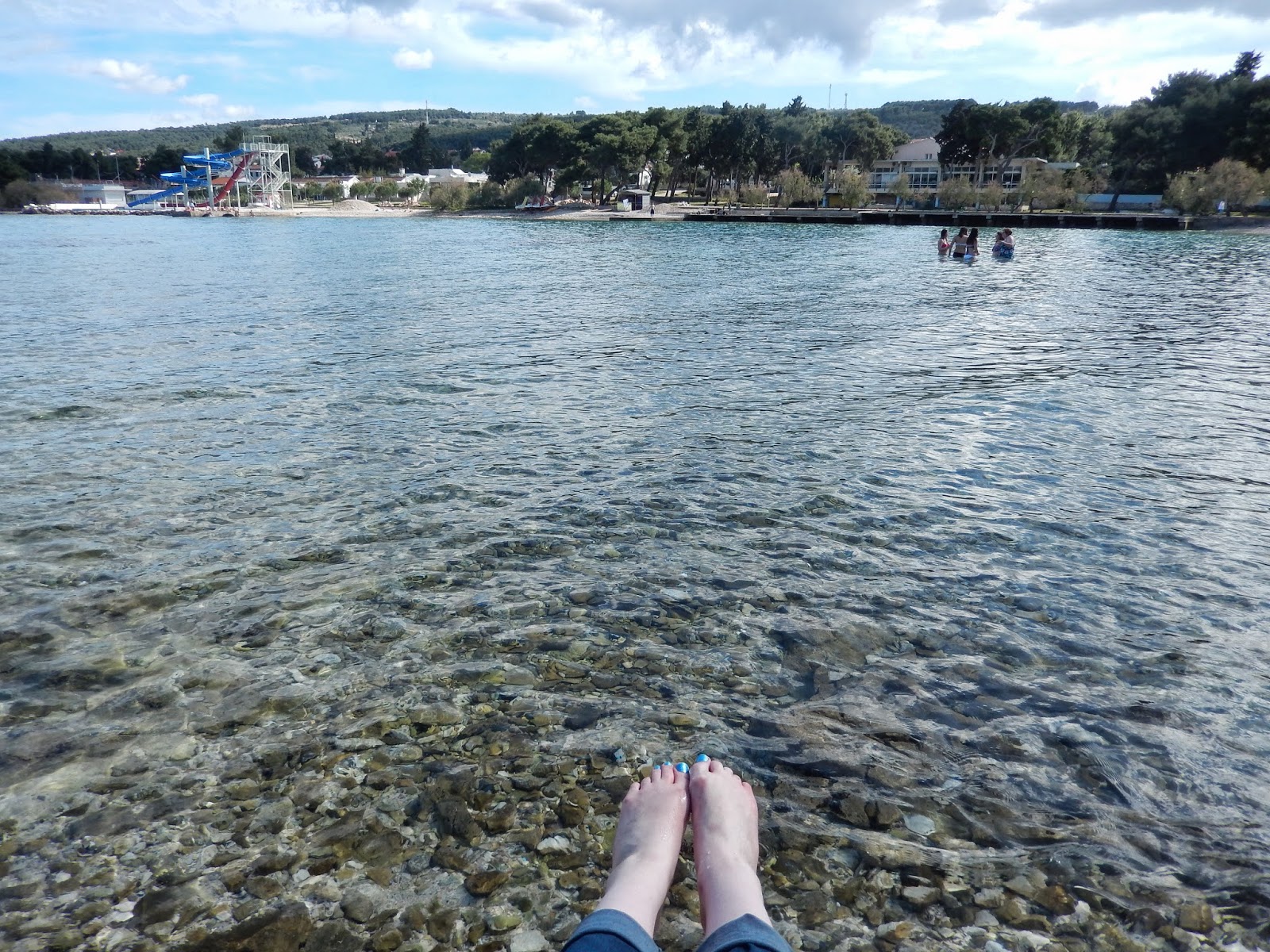HOWEVER, I do recognize that - as we conclude the feast of life that this study-abroad experience has been - there needs to be some reference to the all-important dessert. And when in Italy, one dessert is king: ice cream, or gelato.
Gelato is a gift to humanity that has become a necessity for living, rather like technology or modern medicine. The creaminess, the flavor combinations, the sweetness. Superior to regular ice cream in ways that can't be fully described or understood. It's creamier than regular ice cream, but it's not like custard or soft serv. It's not as icy - or healthy - as fro yo. Forgive me for failing to provide an accurate description, but just trust me: Gelato is king.
Judging gelato is a journey, no joke. I have taken it as my personal duty to sample as many different gelati and gelaterie (gelato shops) as possible throughout Italy, but especially in Rome. It is impossible to find one universal favorite among locals, tourists, students, or even experts: Each gelateria has its own quirks, its own flare, and its own flavors. Therefore, in compiling my top ten, a great deal of the ordering is based purely on personal opinion, taking quality, originality, cost, and location into consideration. I have found that most people agree with my choices (if not necessarily the order itself). So HERE IT (FINALLY) IS:
JENNIFER'S TOP TEN GELATERIE:
1. Frigidarium
2. Giolitti
3. Fassi
4. Old Bridge
5. Flor
6. Della Palma
7. Sweety
8. Punto
9. San Crispino
10. Grom
THE CRITERIA:
1. Quality (ranges from "Good" to "High" to "Very high")
2. Originality
3. Cost
4. Location (how easy it is to include it in one's travels)
1. Frigidarium
Quality: High (good combination of regular and unique flavors; ultra-creamy)
Originality: Cones and cups come dipped in white chocolate, dark chocolate, or cream, and the signature flavor is out of this world; pleasant student-friendly ambience
Cost: Excellent - a small cup or cone (2 flavors) is EUR 2
Location: A bit hard to find but very centrally located near Piazza Navona and Corso Vittorio Emanuele
2. Giolitti
Quality: Very high (great assortment of flavors and whipped cream on top)
Originality: One of the most popular in Rome, pleasant old-fashioned style
Cost: Reasonable - a small cup or cone (2 flavors) is EUR 2.50
Location: A bit tucked away but centrally located near the Pantheon and the Column of Marcus Aurelius
3. Fassi
Quality: High (great flavors, good texture)
Originality: Supposedly the first in Rome, very popular with the locals
Cost: Unbeatable - a small cup or cone (3 flavors) is EUR 1.60
Location: Not centrally located - southwest of Termini Station - but worth the trip
4. Old Bridge
Quality: High (creamy texture, good combination of usual flavors and unique ones)
Originality: Nothing terribly new but just good, basic gelato
Cost: Excellent - a small cup or cone (2 flavors) is EUR 2
Location: Two nice locations, one in Trastevere and one near the Vatican Museums
5. Flor
Quality: High (good combination of classic and adventurous flavors)
Originality: It's a pretty well-regarded chain, but it also offers some other cool desserts
Cost: Reasonable - a small cup or cone (2 flavors) is EUR 2.50
Location: Excellent - the one closest to me is right on Campo de' Fiori
6. Della Palma
Quality: Good (lots of flavors, well-made)
Originality: Over a hundred flavors of gelato, sorbetto, and mousse, including dairy-free options
Cost: Reasonable - a small cup or cone (2 flavors ) is EUR 2.50
Location: Just behind the Pantheon square
7. Sweety
Quality: Good (different flavors of self-service with lots of toppings)
Originality: One of (if not THE) first fro-yo-like gelaterie in Rome (like Milwaukee's Yo Mama or South Bend's Let's Spoon); hugely popular with young Italians
Cost: Depends on how much you get; it's all by weight, so it's pretty reasonable
Location: Excellent - right by Campo de' Fiori
8. Punto
Quality: High (excellent white-chocolate raspberry flavor)
Originality: Lots of unique flavors (like "pine"), plus other desserts like semifreddo
Cost: Reasonable - a small cup or cone (2 flavors) is EUR 2.50
Location: Decent - close to the river, between Campo de' Fiori and Trastevere.
9. San Crispino
Quality: Very high (no artificial colors or anything, but I was very disappointed my vanilla bourbon flavor)
Originality: One of the more "artisan" gelaterie in Rome
Cost: Expensive - a small cup or cone (2 flavors) is EUR 3.50
Location: Just behind the Pantheon square
10. Grom
Quality: Good (popular chain all over Italy; a bit icy but reliably good)
Originality: Flavors of the month fluctuate, plus other standard flavors
Cost: Reasonable - a small cup or cone (2 flavors) is EUR 2.50
Location: They're everywhere
So the next time you're in Rome, looking to indulge in something dolce, I insist you check out at least one - preferably more - of these fabulous gelato stops. Think of me when getting the Frigidarium flavor at Frigidarium - and stop for a Magner's at The Abbey Theatre across the street. For everyone who's been to Rome, let me know what your favorite gelato experience was!
Because gelato is more than a dessert. It's a way of life. And a pretty sweet one, too.
My first gelato in Rome (sniff)



















